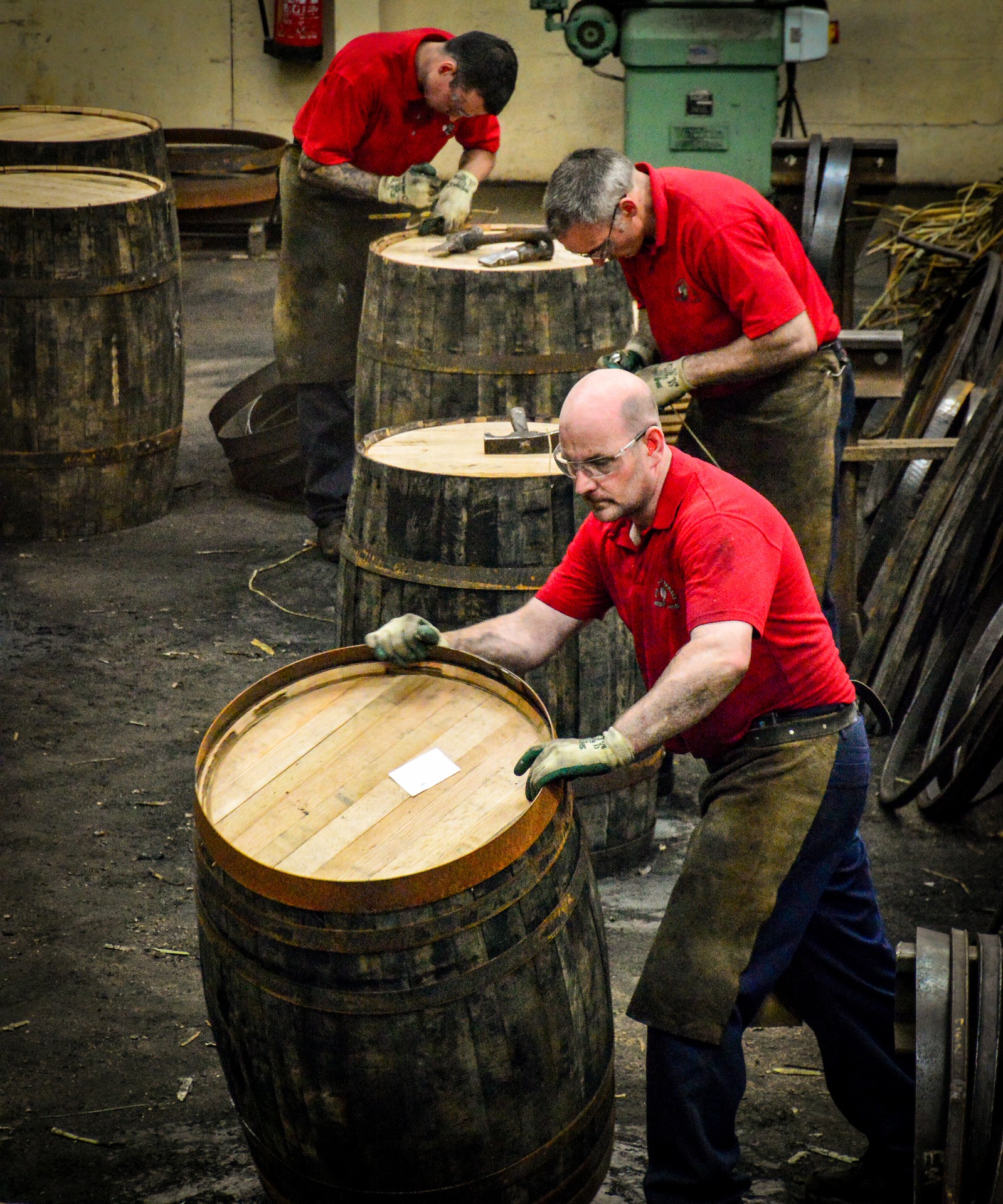—Larry Chasin, chief executive officer, PAK Programs
Nationwide, rampant supply chain delays and challenges have plagued businesses for months. Restaurants, grocery stores, retailers—all have been forced to navigate severe inventory shortages, which have halted or slowed operations across the board. Unfortunately, the wine industry has not fared much better, as product and construction delays caused by supply chain issues continue to create production and operations nightmares for wineries. What’s worse is the end is not yet in sight.
According to Business Insider, this global crisis may not be resolved until 2023. With this knowledge, wineries should take steps now to protect their businesses from these external macroeconomic pressures.

Equipment Breakdowns and Power Losses
Wineries have been hit hard by delays in securing new equipment. Industrywide, we have seen businesses with equipment breakdowns; owners and operators struggle to find replacement machines or parts to fix damaged equipment, or waiting months for those replacements. This causes significant delays for operations, and is of particular concern during harvest season, putting entire harvests at risk.
While we can’t necessarily help wineries get the supplies they need into their hands faster, we can offer tips as to how wineries can best prepare for time spent without a product or service critical to operations. Most notably, winery owners should be looking at re-examining their business interruption coverage limits to deal with potential loss of business.
Revisiting Business Interruption Coverage
Business interruption coverage is essential for any business, providing protection against potential loss of income and extra expenses incurred when operations are halted. During times such as the pandemic and supply chain crisis or even wildfires, having this coverage can make a significant difference in protecting your business.
Many wineries already have this coverage, but their current policy may not adequately protect them when supplies are costing more and taking longer to reach the winery. Wineries likely need revised limits on their business interruption policies to address increased costs on repair parts and supplies and to ensure they can continue wages to employees in the event of a catastrophic event.

To get a better idea of what new coverage limits should be, business owners should take the time to understand their net income, as well as fixed and continuing expenses—in other words, what costs they would continue to incur if a major loss were to happen and persist. Then, they should talk to their insurer. Working with an insurer who specializes in wineries can be particularly helpful as they know the industry and are intimately familiar with external and internal pressures that can impact your business and affect your risk exposure.
In addition to considering new business interruption coverage limits, wineries should also discuss with their insurer whether or not their property, operations and inventory is adequately insured to value. Inflation and rising costs, not only impact repairs and new equipment, they also are greatly impacting costs for rebuilding after structures are lost as was the case with the California winery mentioned above.
Additionally, winery owners should consider the following in case of a possible shutdown:
- Keep track of inventory. Maintain an accurate, up-to-date listing of business assets and production equipment so they can properly keep track of inventory value and work with their insurer efficiently in case of any disaster.
- Have a plan. Maintain a list of contacts for internal communications and have a plan for vendor outreach in the immediate aftermath of a crisis. This will streamline communications in the event operations are slowed or shut down.
- Save backups. All critical data, including financial and sales data, should be saved in the cloud or offsite in case anything happens to the main versions of data onsite.
Finally, taking the time in advance to understand how today’s supply chain struggles may impact your business, such as potential equipment replacement issues, can help you prepare for any damages as well.
With supply chain issues and other macroeconomic pressures expected to challenge businesses throughout 2022, reassessing business interruption coverage limits and whether your property is insured to value can help prepare your business for whatever the future may bring.
____________________________________________________

Larry Chasin is president and CEO of PAK Programs, which provides insurance programs for wineries, vineyards, breweries, wine & liquor retailers, cideries, meaderies, distilleries, liquor & wine importers and distributors. He can be reached at larryc@pakprograms.com.


















